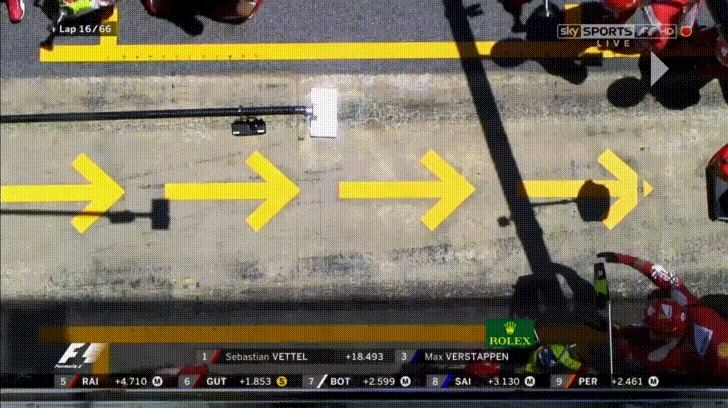
April 21, 2021
Ready, Steady, SMED!
Handle your production changeovers with the efficiency of Formula 1 Racers when you embrace the lean principles of SMED – single minute exchange of dies.
If, like many of us (including the author), you are not a ‘do-it yourself’ expert, you have probably experienced the frustration of what should be a five-minute household chore taking the whole weekend to complete. The task took longer because you did not have the right tools, or you didn’t know how to use them properly – poor preparation and poor execution. We are not alone – many manufacturers experience similar problems with efficiency!
The study and implementation of optimized efficiencies have become a focus in the manufacturing sector. The modern demands of supply chain management and eCommerce require manufacturers to be more flexible and more efficient in order to handle the fluctuations and variations in product lot sizes and demand. One area of focus is the changeover time from one production run to the next. This is where SMED can be beneficial in achieving a high-level of lean efficiency.
What is SMED?
The principle of the SMED, or Single Minute Exchange of Dies, process is to convert as many changeover steps as possible to “external” (performed while the equipment is running), and to simplify and streamline the remaining steps. The name Single-Minute Exchange of Dies comes from the goal of reducing changeover times to the “single” digits (less than 10 minutes).
SMED was developed by Shigeo Shingo, a Japanese industrial engineer who was very successful in assisting companies such as Toyota to dramatically reduce changeover times. His groundbreaking work led to reductions in changeover times by a staggering 94% on average.
Preparation is key to SMED!
In the realm of injection molding, there are many SMED-friendly products available to facilitate rapid changeovers, such as Quick Mold Change systems (QMC). However, major improvements can also be made by simply establishing standard operational processes and procedures.
A tangible and popular example of SMED-like procedures can be found in the world of NASCAR motor racing where the efficiency of pit stops can make the difference between winning or losing. Pit stops include wheel changes, refueling and more, all of which are typically achieved within 15 seconds. You will never see a pit crew ill-equipped or looking for their tools during a pit stop, they are fully trained and prepared for their tasks.

SMED Elements
External elements are the steps that can be completed while the equipment is running. The focus is on having materials and tools ready to go before the changeover. So much time can be lost looking for the right ejector bars, water hoses and the right tools. Having tools laid out and ready in the order you need them will save significant time.
Internal elements must be completed while the equipment is stopped. Part of the SMED process is identifying internal components that can be made external, such as having the ejector bars and water-cooling hoses ready to go before the injection molding machine is stopped. Any operation that can be done before the actual changeover takes place should be identified, this helps speed up the changeover process significantly.
While lean manufacturing is not new to the plastics industry, there is a great opportunity to increase productivity and reduce waste by optimizing changeover times.
In the words of Shigeo Shingo –
“The most dangerous kind of waste is the waste we do not recognize.”
If you have any SMED initiatives or have an interest in learning more you may enjoy this SMED Continuous Improvement Toolkit. Our team here at Turner Group would also be more than happy to answer any questions or suggest tools and equipment.
